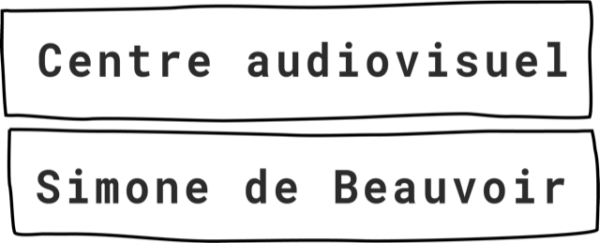In qualche luogo lontano: Roma
SUMMER INTENSIVE 6: MIREN JAIO
by
July 7 at 4:00 p.m. at the Spanish Academy in Rome.
In the sixth session of the summer intensive of In qualche luogo lontano: Roma (In Some Far Place: Roma), Miren Jaio presents Otsoen kontra, siketearen kontra.
In qualche luogo lontano: Roma is the title of the program that takes place in Rome within Space is The Place/The Place is Space. This research project, initiated by Bulegoa z/b in 2018, aims to analyse the role of art as a critical practice that offers tools to stop, look and position oneself in the world, to generate situations and imagine ways of living and producing space. Structured through periodic meetings, it takes various forms, such as presentations, reading sessions, walks, actions on the territory and various artistic productions.
OTSOEN KONTRA, SIKATEAREN KONTRA
On the morning of September 27, 1975, the Franco regime shot two members of ETA político-militar and three members of the Antifascist and Patriot Revolutionary Front (FRAP). Jon Paredes Manot (Txiki), Angel Otaegi, Xosé Humberto Baena, José Luis Sánchez Bravo and Ramón García Sanz. Two months later, on November 20, Francisco Franco died in bed.
The last executions of the Franco regime would raise a wave of condemnations at the international level. The French feminist video collective Les Insoumuses contributed to the protests in two videos. In Les mères espagnoles (1975), several women speak to the camera. The last two are the mothers of Txiki and Otaegi. Their stories are testimonies of denunciation. They are also lamentations for their dead sons. Their faces are presented as film replicas of La Dolorosa, a classic figure in Catholic iconography. For its part, La marche de las femmes à Hendaye (1975) documents the protest at the Franco-Spanish border of the Basque Country, with hundreds of women arriving from different parts of France. Near the end of the march, the protesters sit on the ground to listen to a young woman at the microphone. It is Maite Idirin, who performs Aitaren etxea defendituko dut (“I will defend the father’s house”). The exiled Basque singer makes one change to Gabriel Aresti’s poem: the original text says “father”, she sings “mother”. The purpose of this session is to present and contextualize some images of the time related to motherhood. Not all of them conform to the canon. The last of these alternative representations is related to the city of Rome.
Miren Jaio (Bermeo, 1968) is part of Bulegoa z/b, and of the Department of Art and Music History of the University of the Basque Country, UPV/EHU. She has been published in print media and artist publications, as well as teaching Art History classes. She has collaborated in curatorial projects, as well as translated and edited. She has participated in workshops and seminars, and participated in conferences.
With the collaboration of the Centre audiovisuel Simone de Beauvoir.



